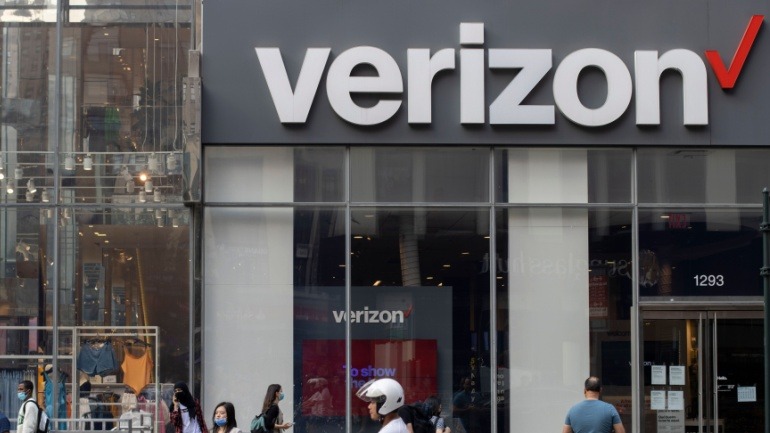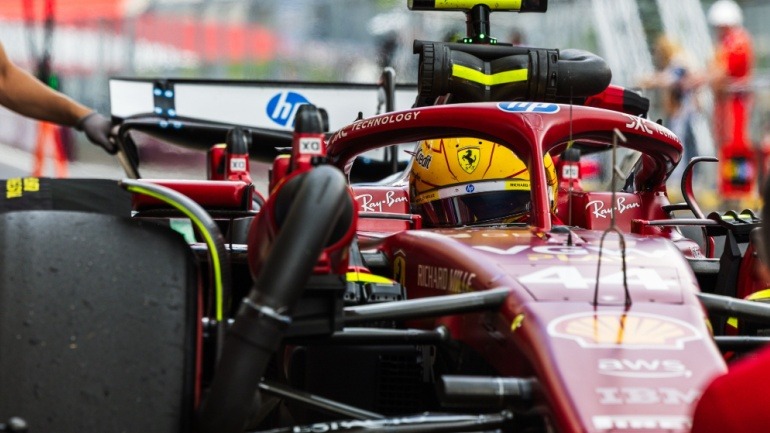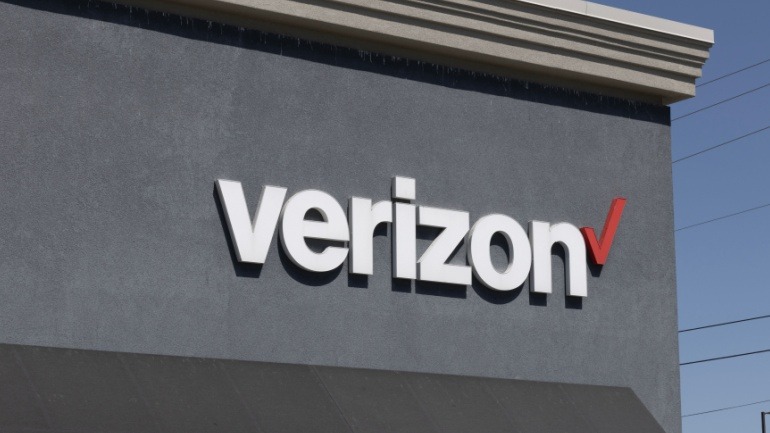Verizon has introduced a new prototype, the “network in a box” (NIB), aiming to bridge the gap between public and private network deployments. This innovative solution targets customers who desire the advantages of a private mobile network—such as enhanced performance, reliability, privacy, and security—without the need for a permanent setup due to financial or practical constraints.
Verizon recently tested its NIB during a minor league football game in St. Louis, Missouri, and plans to deploy it at venues in Sao Paulo, London, and Munich for upcoming NFL games. The private network is designed to provide stable communications for on-field and coach-to-coach interactions, support connected broadcast cameras and wearable tech, and enhance social media activities. Beyond sports, it is also ideal for events like concerts and parades, helping coordinate stage crews, security, and production teams.
Andrea Caldini, Verizon’s VP of Technology and Product Development, highlighted the flexibility of this modular, portable private network. “Our network’s evolution allows us to offer a scalable solution for situations where a permanent private network isn’t feasible,” she said. “This prototype has already proven its value at several live events, with more planned for the future.”
The technical specifics of Verizon’s NIB are limited, but it is known to utilize either licensed or shared spectrum and can be connected to local fiber networks. It is scalable, capable of supporting up to 50 cellular radios. Comparable to other market solutions like those from Tecore Networks, Verizon’s NIB likely includes an integrated core network, IMS, remote radio head (RRH), and baseband unit (BBU).
The market potential for such private cellular networks varies widely. IDC predicts the private LTE/5G infrastructure market will generate $5.2 billion by 2027. Juniper Research estimates enterprise spending on private networks will reach $10 billion by 2028. More optimistic forecasts from ABI Research and the GSMA project revenues reaching $96 billion and $109.4 billion by 2030, respectively, with significant growth anticipated in China and the Asia-Pacific region.







